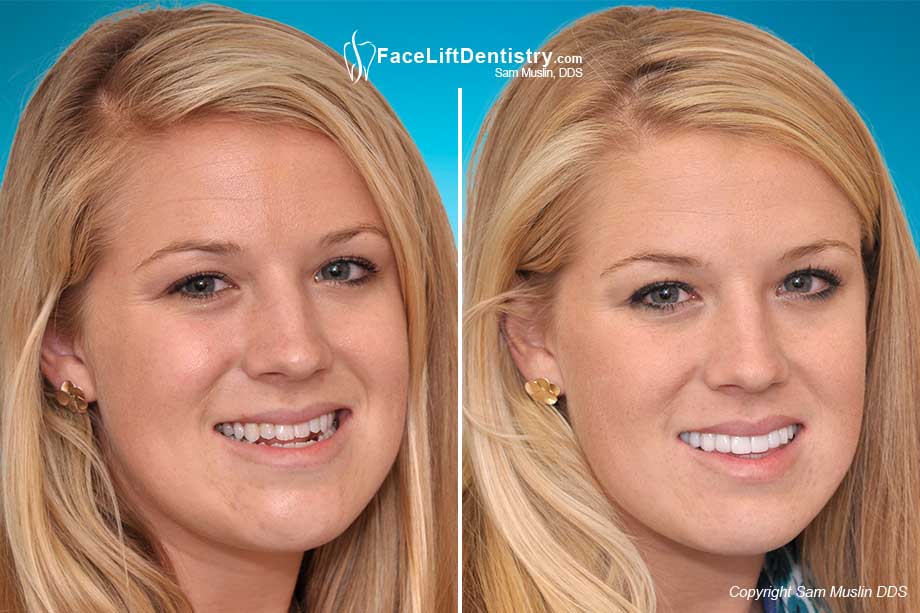Introduction:

Image: www.nagato.cc
A child’s smile is a treasure, a reflection of their joy and well-being. Yet, when an underbite casts a shadow over that smile, it can evoke concern and uncertainty in parents’ hearts. An underbite, a condition where the lower jaw protrudes beyond the upper jaw, can not only affect a child’s appearance but also impact their oral health and overall development. With today’s advanced orthodontic and surgical techniques, however, parents can rest assured that this condition is treatable, opening up a world of healthy, confident smiles for their precious children.
In this comprehensive guide, we delve into the causes, consequences, and treatment options for an underbite in children, empowering parents with the knowledge they need to navigate this dental journey with confidence.
Causes and Consequences of an Underbite:
Understanding the underlying causes of an underbite can aid in its prevention and treatment. Congenital factors, such as cleft lip and palate, can contribute to an underbite. Prolonged thumb-sucking, an overactive tongue, or enlarged tonsils can also exert pressure on the jaw, leading to its misalignment.
The consequences of an underbite extend beyond aesthetic concerns. It can cause chewing difficulties, speech impediments, and jaw joint pain. Additionally, an underbite can increase the risk of tooth decay and gum disease due to uneven bite forces.
Treatment Options for an Underbite:
The treatment options for an underbite in children depend on the child’s age, the severity of the condition, and the underlying cause. The goal of treatment is to correct the misalignment of the jaws and restore balance to the face.
For younger children with developing jaws, orthodontic appliances such as braces or Invisalign can gently guide the jaw into proper alignment. However, for older children or individuals with severe underbites, surgical intervention may be necessary. Orthognathic surgery aims to reposition the upper and lower jaws to create a harmonious bite.
Orthodontic and Surgical Treatment:
Orthodontic treatment for an underbite typically involves using braces or clear aligners to gradually move the teeth and adjust the jaw alignment. The length of treatment varies depending on the individual case and the compliance of the child with the treatment plan.
Surgical intervention, when required, is performed by an oral and maxillofacial surgeon. The surgery involves making incisions in the jawbone and repositioning it to its proper position. Post-surgery, orthodontic appliances may still be necessary to fine-tune the bite and ensure long-term stability.
Expert Insights and Actionable Tips:
Dr. Emily Carter, an esteemed pediatric orthodontist, emphasizes the importance of early detection and intervention. “An underbite can be corrected more effectively when treated early on, preventing potential complications later in life,” she advises.
In addition, Dr. Carter advises parents to encourage healthy habits that promote proper jaw development. These habits include maintaining good posture, avoiding prolonged thumb-sucking, and ensuring the child breathes primarily through the nose.
Conclusion:
Fixing an underbite in children is a journey towards a healthier, more confident future. By understanding the causes and consequences of this condition, parents can make informed decisions about treatment options. With the help of skilled orthodontists and oral surgeons, children can reclaim their beautiful smiles, free from the limitations imposed by an underbite. Remember, every smile is unique and every child deserves to shine their brightest.

Image: gallsignaturevirh.blogspot.com
How To Fix An Underbite In A Child